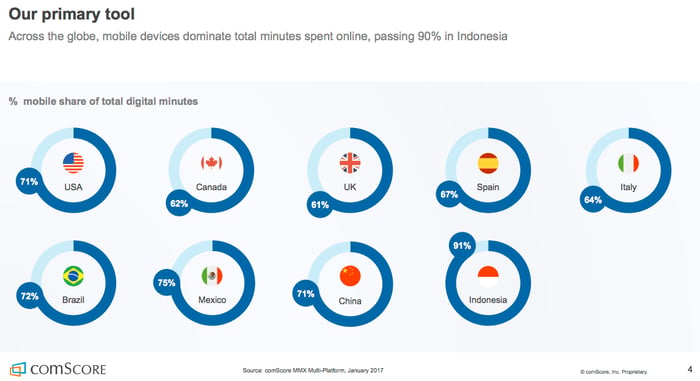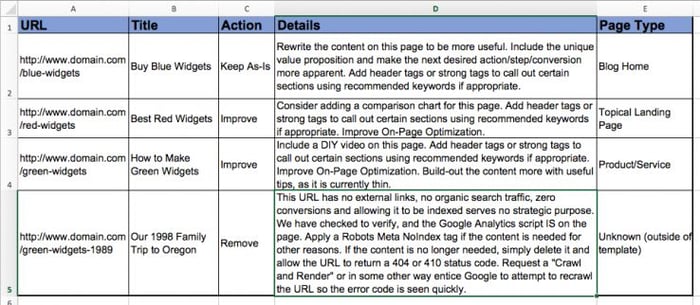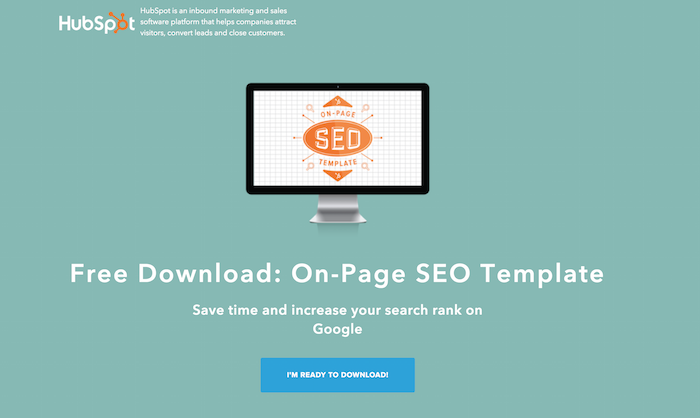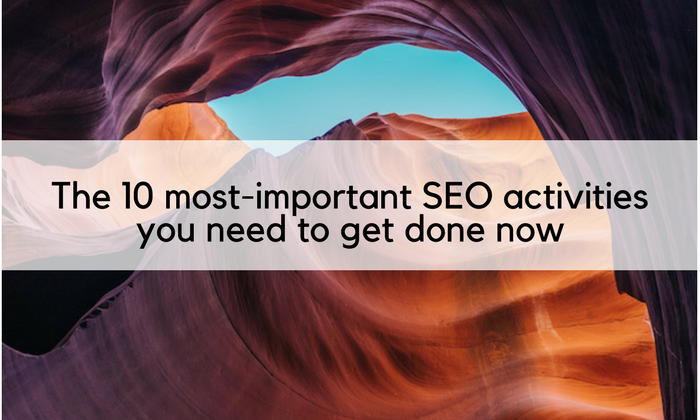
We know it’s a busy time of year, and sorting out your marketing and SEO tasks can fall by the wayside. But if you want to improve your lead generation, build your customer database and increase your revenue this new year, then it will pay to put some time into your website to ensure it’s performing at its best.
To make it even easier for you, we have streamlined your key SEO tasks into the top 10 most-important things you need to do right now.
1. Agree 1-3 topics you want to own
You can’t be master of everything, so you need to pin down what your key areas are and what you want to excel at. Your aim is to take a handful of topics that are relevant to your core business and produce content that’s the best available on the internet. You will then start to build customer loyalty, by creating a reputation as the go-to website for information on these topics, encouraging repeat visits. Web visitors are more likely to then sign up to your mailing list, to receive your content directly, to share on social media and to recommend to friends with similar interests. Once you’ve highlighted your key topic areas, you can create a content plan that focuses on these areas.
2. Run a technical audit of your website
Is your website performing optimally? Running a Technical SEO audit will help you see which areas of your website could be improved to increase lead generation. There are various criteria that you should be looking for. Making sure your website is mobile-friendly is important, as more users are using mobile apps and browsers rather than desktops. You need to ensure that Google’s smartphone crawler can access and index all areas of your website. You should also check that your website pages are fully indexed and not being blocked by any robots. Look out for duplicate pages, as these may not be indexed and could be affecting people coming to your website (for example, if you have recently migrated from HTTP to HTTPS). Make sure that all your images are properly indexed too, by ensuring that your Image ALTs include your keywords and this can help boost your page rankings. These are just a few examples of what you are looking for; the aim is to ensure that your website is functioning for visitors, doesn’t slow down and is searchable by Google.
3. Run a content audit of your website
Now you can turn your attention to the actual content on your website. You have already identified your main topic areas, so you can easily sort through your existing content and see if it matches up with your core areas. A content audit should be done every year, as your key audience may change or the industry may fluctuate, leading to a slightly different content plan being needed. You need to take the time to review all of the content on your website – yes, it’s time-consuming, but it will reap big rewards. Look at your insights and analytics to evaluate the performance of your content, so you can see what was successful and what wasn’t. This will inform your ongoing content strategy for the coming months. You might find some content on your website is no longer relevant; don’t be afraid to remove content that serves no purpose. You may also find content that is relevant but out of date, so you can prioritise updating these in your content plan.
4. Plan your topic clusters Moz - How to do a content audit
Google and other major search engines have evolved; they don’t just look at a single keyword and display rankings based on these words. Instead, they are looking for topics and context, to better deliver what its audience is searching for. By moving to a ‘topic cluster’ model with your website, you can improve your overall SEO performance. The ‘topic cluster’ model consists of a key page that acts as a hub that all information links in and out of. This key page should address your topic and be a one-stop source of information for your reader. They should be able to navigate the topic from that single page, linking to relevant, related content, and be able to navigate just as swiftly back to the key page. This ensures that your visitors need not go anywhere else to get everything they need to know on a given topic.
5. Make sure your site is secure
Website security is important to your customers so they know they can shop and provide data safely, but it is also important to your SEO, as Google uses HTTPS as a ranking signal. If you haven’t migrated to HTTPS yet, or it’s something that you are in the process of, then this should be a priority to complete. Google will list sites that use HTTP as ‘Not Secure’ and web browsers make very clear warnings to users when they visit an unsecure website, which will reduce your traffic. Ideally, you want to use HTTPS for your entire website, and not just pages that are used for processing payments or collecting data.

6. Make sure your site is very mobile friendly
You can’t ignore the mobile revolution. You will lose page rankings by not offering a user experience optimised for mobile browsing. You can easily check how many of your customers are using your website from a mobile device by checking your Google Analytics. If your website loads slowly on mobile, you will get a high bounce rate. People don’t want to wait for their content to load; they will just move on to the next site on their search results. Make sure that your mobile web page is responsive, easy-to-navigate and all the links work properly. It shouldn’t be a poor substitute for your desktop page; if anything, you are better working with a mobile-first website design strategy. You can test your website using < a href =”https://search.google.com/test/mobile-friendly”> Google’s Mobile-Friendly Test.
7. Build video into your content plan
If your content plan is just a list of blogs, it’s time to mix things up a bit. Users don’t always have the inclination to sit and read about a topic, so videos can increase your traffic. A video is easy to watch and take information from, but it also creates a connection with your audience. Look at the content you already have on your website and identify areas that need more information to round out the topic. Are there elements that could be better explained with a video? Videos perfect for answering questions, so consider whether it would be good for an FAQ about your product or service. You could also showcase new products or services when they are launched, give a review, highlight key features – all those things that words on a page just can’t do. You don’t want to over-edit your videos; keep things simple and informative, with basic but effective lighting. Videos are also good for use on social media, as they are frequently shared.
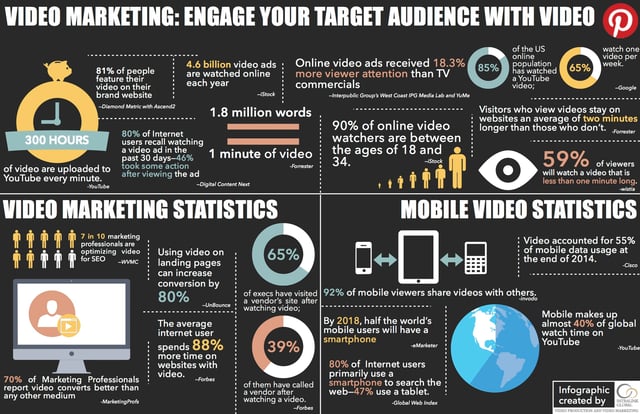
8. Create an SEO action plan for the next three months
Having a solid plan in place will help to keep your SEO on track for the future. Have a look at what you want to achieve in the next three months from now. Using our tips above, you may have already identified key areas you need to work on to optimise your site for SEO and improve page rankings. These will help you set your immediate and long-term goals, which can then be broken down into specific tasks. Your SEO plan should include what your goal is, what actions you will take to achieve this goal, what the timescale is for implementing these actions, what the cost will be and how you will monitor the effectiveness of that action. You should then list all these goals into order of priority to help focus your team.
9. Create a content action plan for the next three months
Having identified what content you already have on your website, what topic areas you want to focus on, what content is missing, what content could be added in and what content needs updating, you already have the basis of a good content action plan. First, plan the key topics you want to focus on, then break that down into content titles, looking at how everything links together and back to a main hub page. List all the content titles, then make a note as to whether it is new content or content that needs updating. Identify how you can best present each content title; is it a blog, a video or a graphic? You can then assign each content title to the right person and set deadlines to keep you on track. Start with the content that is most relevant to your audience and answers the key questions that they are searching for – having a customer persona in mind will help with prioritising.
10. Set targets and run regular fortnightly reviews
Break your action plans down into smaller targets, week-by-week. This will help you focus on one task at a time and ensure that it is done well. This should be a mix of content and technical SEO tasks that work together to improve your inbound lead generation. Each fortnight, review what you have achieved, whether deadlines were met and what your next set of tasks are.
